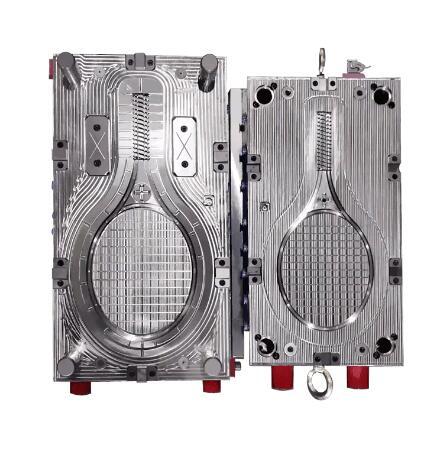Plastic Toy Molds: Designing the Future of Play
Plastic toy molds play a crucial role in the manufacturing of plastic toys, enabling the production of high-quality, safe, and intricate products in large volumes. These molds are specialized tools designed to shape molten plastic into the desired toy components through a precise molding process. As the toy industry continues to evolve with increasing demands for safety, detail, and efficiency, understanding the characteristics and performance of plastic toy molds becomes essential for manufacturers, designers, and stakeholders in the supply chain.
Plastic toy molds are commonly made from high-grade steel alloys, such as P20 tool steel, H13 steel, or stainless steel. These materials are chosen due to their high strength, toughness, and resistance to wear and corrosion. The mold’s durability is critical because it must withstand repeated cycles of high pressure and temperature during the injection molding process without deformation or loss of precision.
The lifespan of a mold depends significantly on the choice of steel and the heat treatment applied. High-quality steel molds can produce hundreds of thousands to millions of parts before requiring refurbishment or replacement.
One of the defining features of plastic toy molds is their ability to replicate intricate details and complex shapes with high precision. Toy designs often include fine textures, patterns, and small features that appeal to children and meet safety standards.
The mold cavity’s surface finish directly influences the appearance and texture of the final product. Techniques such as polishing, texturing, or coating are applied to the mold surfaces to achieve the desired look and feel. Accurate machining and advanced computer-aided design (CAD) ensure the mold’s dimensions and features conform strictly to the toy’s specifications.

https://www.yiwei-mold.com/product/toy-mold/toy-racket-mold.html
Toy racket molds are engineered with ergonomic considerations to provide a comfortable grip and enhance playability. The handle is designed with a suitable size and shape to fit different hand sizes, allowing users to hold and swing the racket effortlessly. The grip is often textured or contoured to provide a secure hold and prevent slippage during intense play. The weight distribution of the racket is carefully balanced to ensure easy maneuverability and reduce strain on the user's arm.
- Art
- Causes
- Crafts
- Dance
- Drinks
- Film
- Fitness
- Food
- الألعاب
- Gardening
- Health
- الرئيسية
- Literature
- Music
- Networking
- أخرى
- Party
- Religion
- Shopping
- Sports
- Theater
- Wellness


